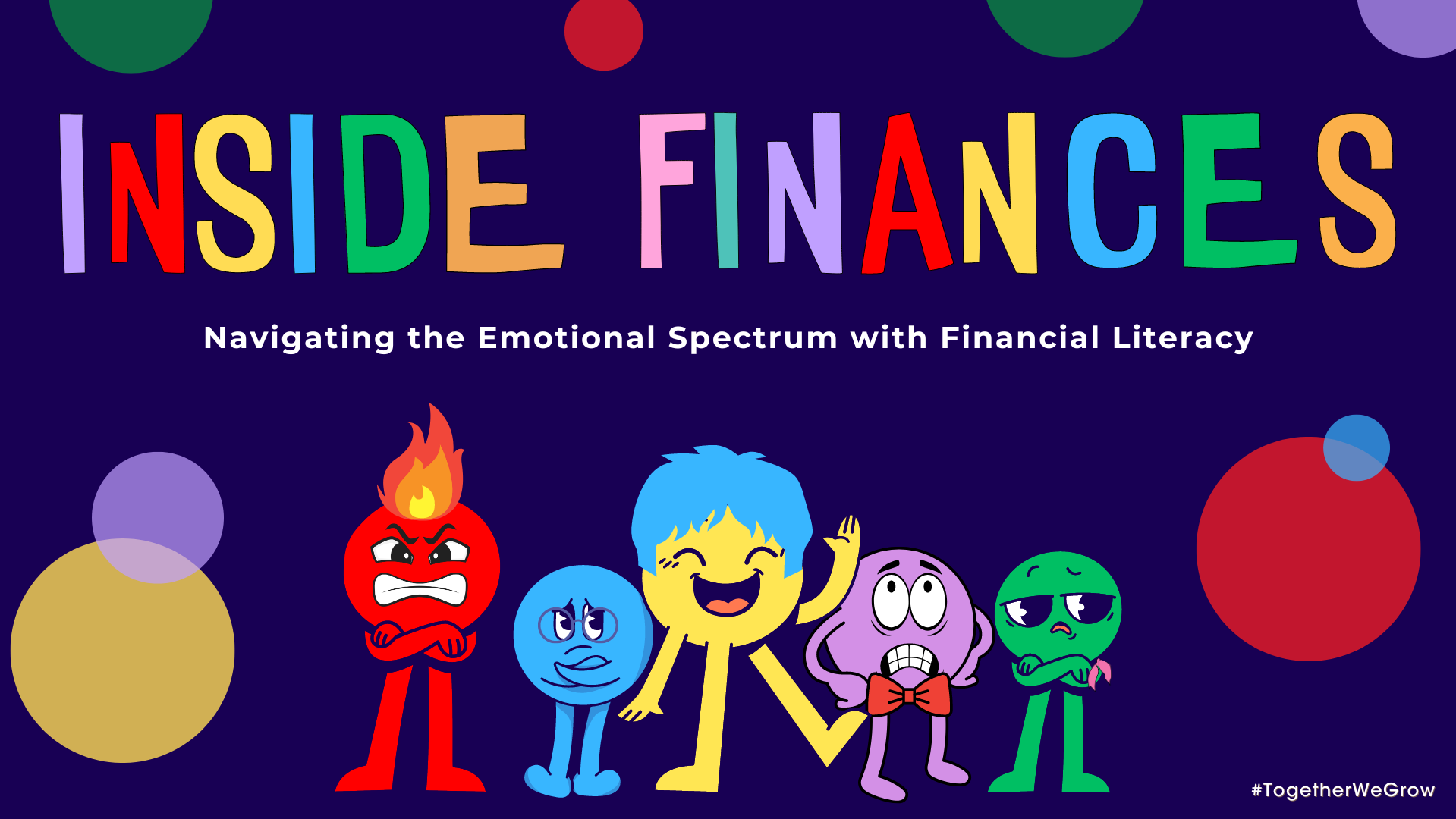

Celebrating Financial Milestones
Achieving financial milestones, such as paying off debt, saving for retirement, or investing in assets, fills us with a sense of joy and accomplishment. Financial literacy helps us set realistic goals, budget effectively, and leverage opportunities that lead to long-term financial success.

Channeling Anger Constructively
Anger can lead to rash decisions, such as revenge spending or risky investments, aimed at asserting control or seeking immediate gratification. By channeling anger constructively—such as negotiating better terms, seeking financial education, or advocating for financial literacy—individuals can achieve positive financial outcomes.

Managing Financial Setbacks
Financial setbacks, like unexpected expenses or market downturns, can trigger feelings of sadness and frustration. However, with financial literacy, we can prepare for emergencies by building an emergency fund and diversifying investments. This knowledge enables us to navigate challenges with resilience and confidence.

Confronting Financial Anxiety
Fear of financial instability, retirement insecurity, or inadequate savings can lead to anxiety. Financial literacy equips us with the knowledge to create a financial plan, manage debt responsibly, and invest wisely. By taking proactive steps, we can alleviate fear and gain peace of mind about our financial future.

Avoiding Financial Pitfalls
Disgust towards poor financial choices—such as overspending, impulse buying, or falling for scams—is mitigated through financial literacy. Understanding concepts like budgeting, debt management, and investment risks empowers us to make sound decisions aligned with our financial goals and values.














